Ettore Bugatti’s Baby
Author: Tamas Jozsef Vaklo
Published 2020 by Verglat b-r-r-o-o-o-m
ISBN 978-3-033-08932-8
Please call Don Toms, 941-727-8667 Florida, USA for purchase details or email don@bugattibooks.com
Review by Pete Vack
All images from the book
As far as we know, this is the first and only book out there on the Baby Bugatti; we can’t find any other book like it online or off. One of the best things we found, however, was a very thorough two part feature on the Baby Bugatti as written by Automobilia Resource Editor Marshall Buck for VeloceToday (click here) but much too short. So a hardcover 482 page tome on the topic should bring joy to our hearts and data for our brains. Bear in mind that the text is in German, but in general consists of very brief captions easy to translate via Google and provides no reason not to buy this book.
As the author, Tamas Jozsef Valko, states upfront, there is very little available information on Baby Bugattis. He used the normal sources and attributes them in a bibliography, but finds new information from owners and restorers to provide a detailed insight. In 53 short chapters (some only one page long) Valko lays out a fairly complete scenario of the Baby Bugattis, including just about every aspect of the Baby Bugatti from the front axle to the seats to the frame and bodywork. He includes both versions of a rare owner’s manual. Details of the electrical system, steering mechanism and brakes are shown in large color images with chapters on every subject.
(Not shown however is the final drive gears lubrication thereof rear axle shafts, the motor brushes and how to replace, or axle and wheel bearings.) There is a complete listing of all the Baby Bugatti serial numbers known to exist, and chapters on specially built Baby Bugattis, contributed by ABC registar Sandy Leith. Fairs, postcards, ads, drawings, cars for Princes, the Argentine Bugattis, and racing the Baby Bugattis all have their chapters.
Perhaps the most helpful and interesting are the chapters describing the other firms that have made replicas, from Pur Sang to Lavocat & Marsaud and few notes on how to tell the remade wheels from the originals. And since the first Baby Bugatti was reportedly a gas engined device, Valko has described one such model, albeit it may not be the original.
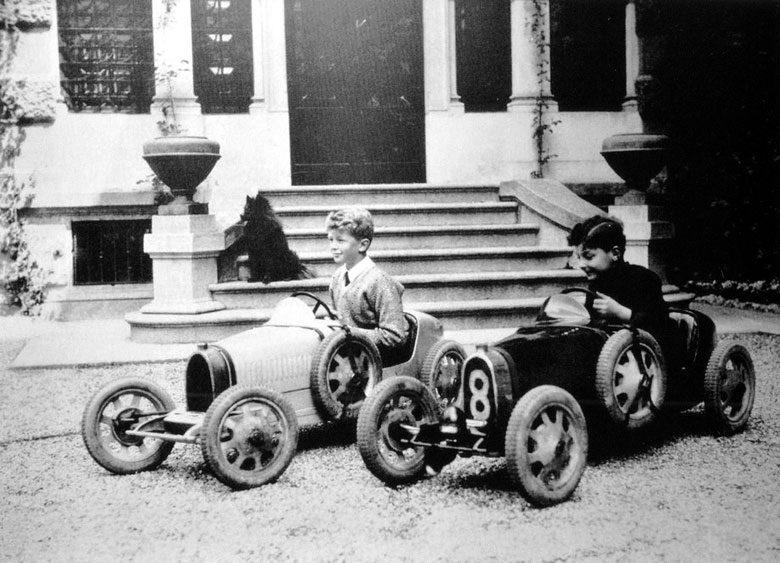
Valko uses and re-uses a few too many photos by cropping or coloring then and repeating on a different page. The cover shot (lead photo) is photoshopped from this original (also shown in the book) that portrays Roland Bugatti with his friend Giovanni Agnelli.
One will find that Valko has used the opportunity to describe just more than the Baby Bugatti and maybe that’s the good part, for the first ninety pages are devoted to a historical look at pedal cars (tretautos) in general and the photos are great fun. One might assume that Bugatti’s electric powered toy car was an advanced form of pedal car, although the pedal car had yet to hit its peak between the wars. One did not logically follow another, but at least they were powered cars, as differentiated from gravity powered cars such as those used on the Soap Box Derby (mentioned but no detail.) Hence to some degree it made sense to offer up a pictorial history of the pedal car preceding a look at the Baby Bugatti. Valko mentions or illustrates ten pedal car firms, including Eureka, Tri-ang, MG, and the Austin Motor Company.
In any event, Valko gathered up hundreds of interesting photos from almost all over the world (for some reason few from Italy) and put them to a very nice high grade glossy paper. Cartoons, magazine covers, advertisements are all included and prompts one to do more research on the subject (in which case you will find very little!). However, none of the captions give us any meaningful insights as to the photos; who, what, when and where and who took the photo are missing, probably because that information is simply not available. At least Valko gets them out to the public and begs readers to contribute more, and he’ll be glad to create a second edition. It would have been pleasing to have a separate section on the history of electric and gas powered children’s cars as well. Maybe next time!
There are plenty of photos and descriptions in Valko’s book to keep just about anyone happy, at least for now. It is not a tech pub or a repair manual, nor meant to be, but adds to our knowledge of both subjects, pedal cars and the Baby Bugatti. Call Don Toms now to get your copy…with only 500 printed they won’t last long.
Below are a few of our favorite images from the pedal car part of the book, with the captions as translated into English and in italics.
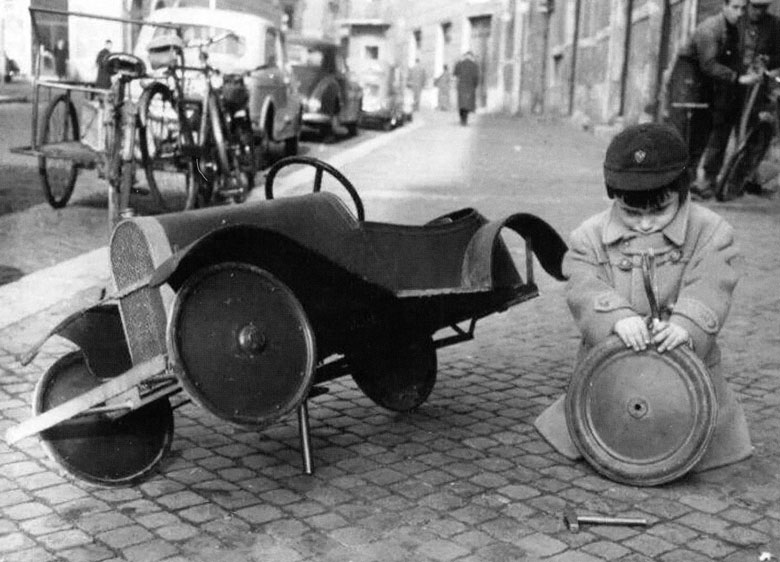
But you also had something to do with the vehicle This scene is probably in Paris, and in the mid 1950s.
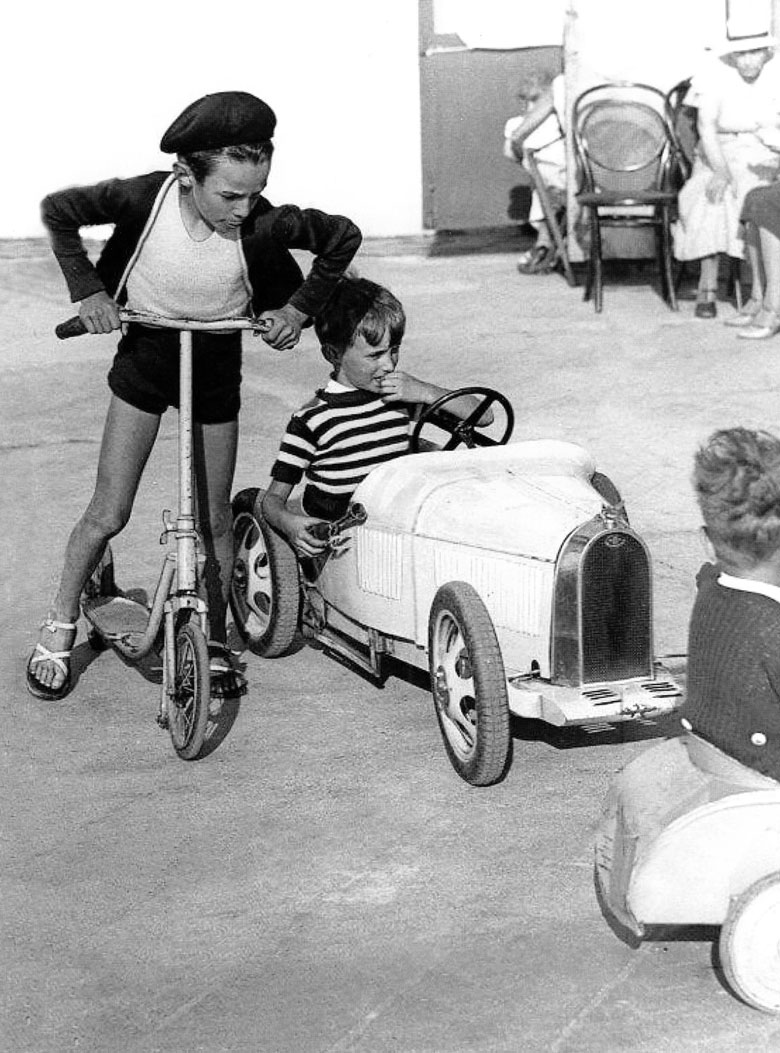
A Eureka racer modeled on the baby Bugatti chapter indicates photo was taken in Spain, and probably from the 1940s or 50s.
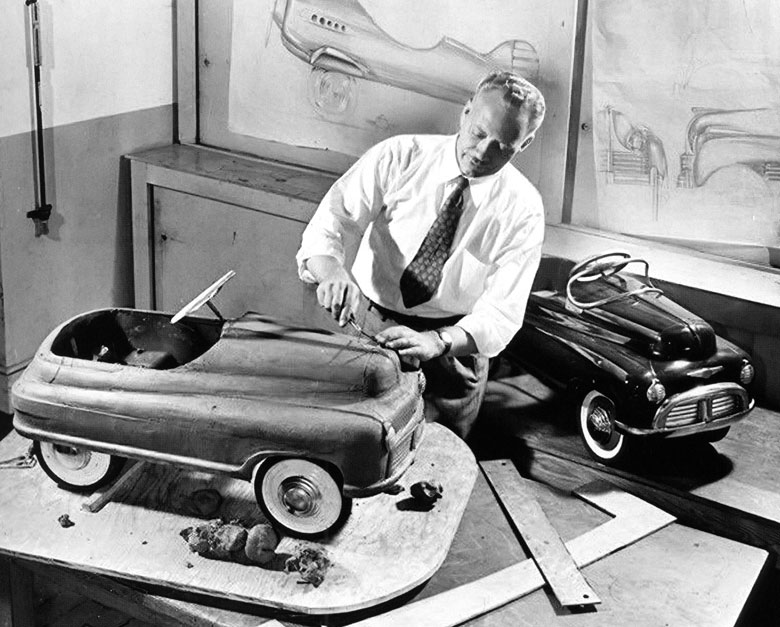
The creation of such a pedal car. Again in the 1950s, this photo is from an American pedal car manufacturer. We’ll let readers tell us which one.
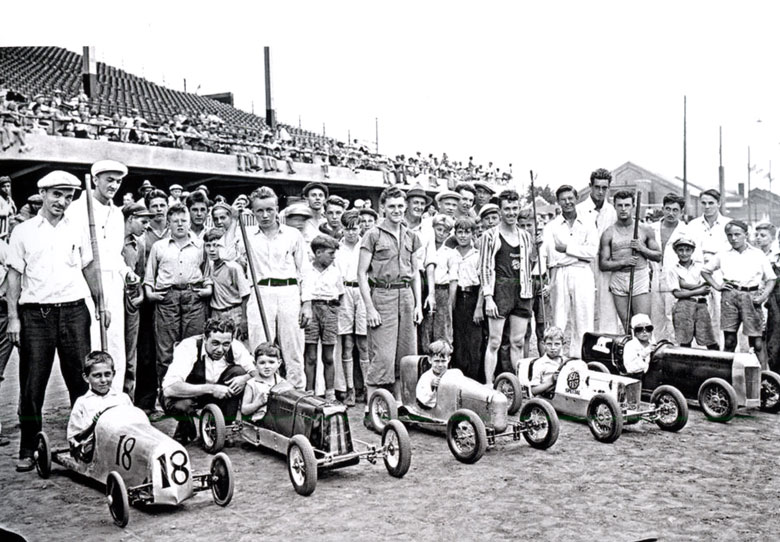
These nicely made toys are apparently push car racers, powered by the guy in the background with the long stick. They come under the powered by gravity class.
*There are a few books on pedal cars available. Perhaps the most interesting is a French publication, Eureka, An age of dream toys. Big book format, 200 pages. Don Toms will help you find it if interested.
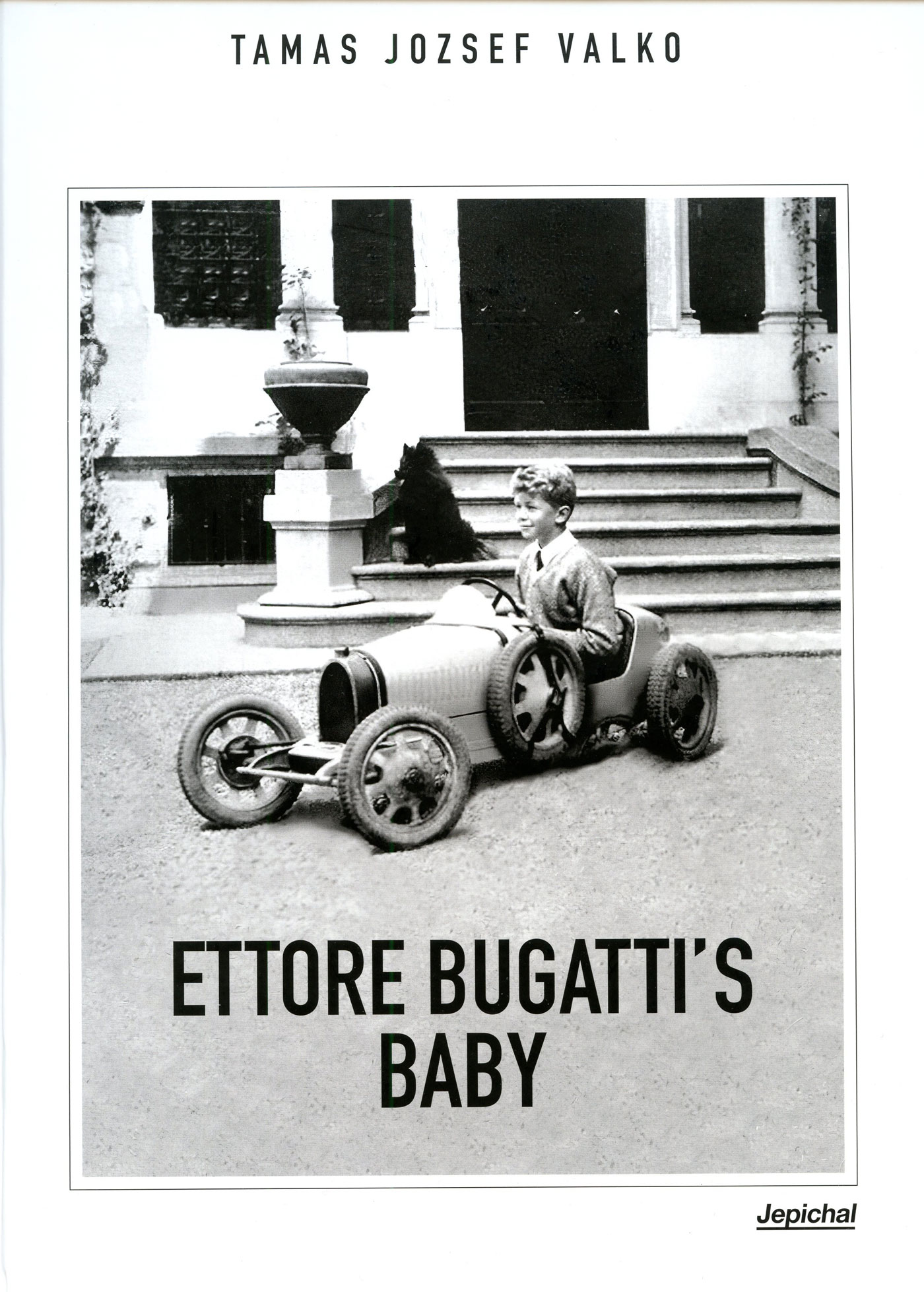
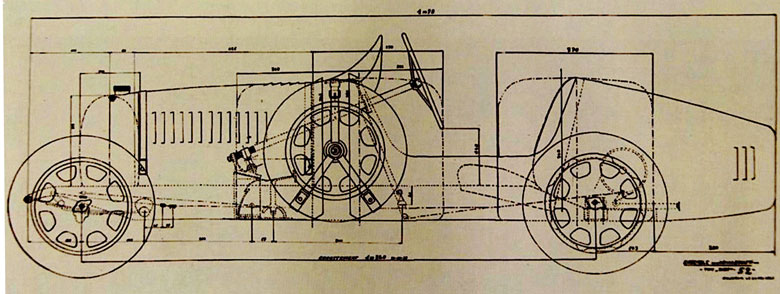
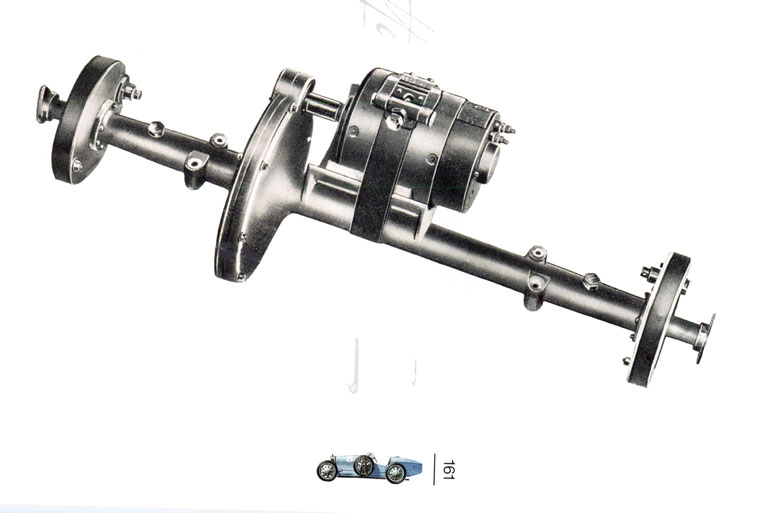
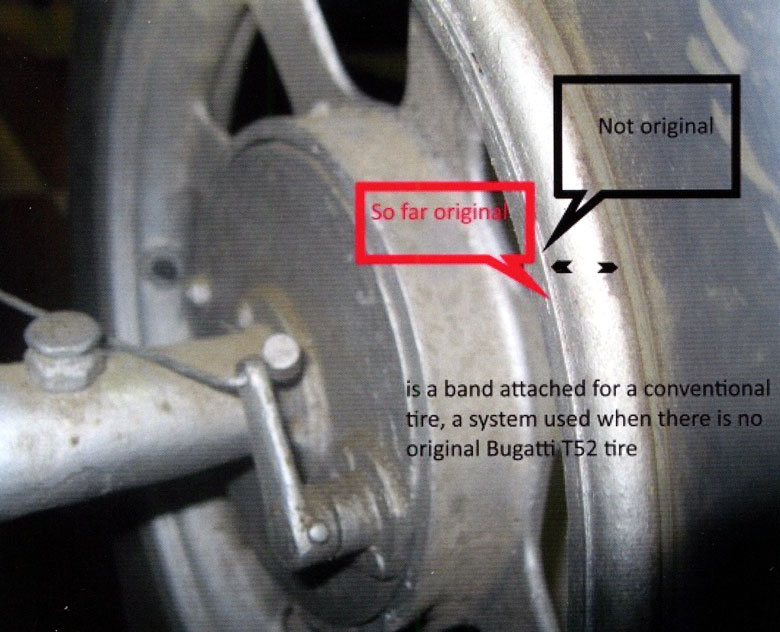
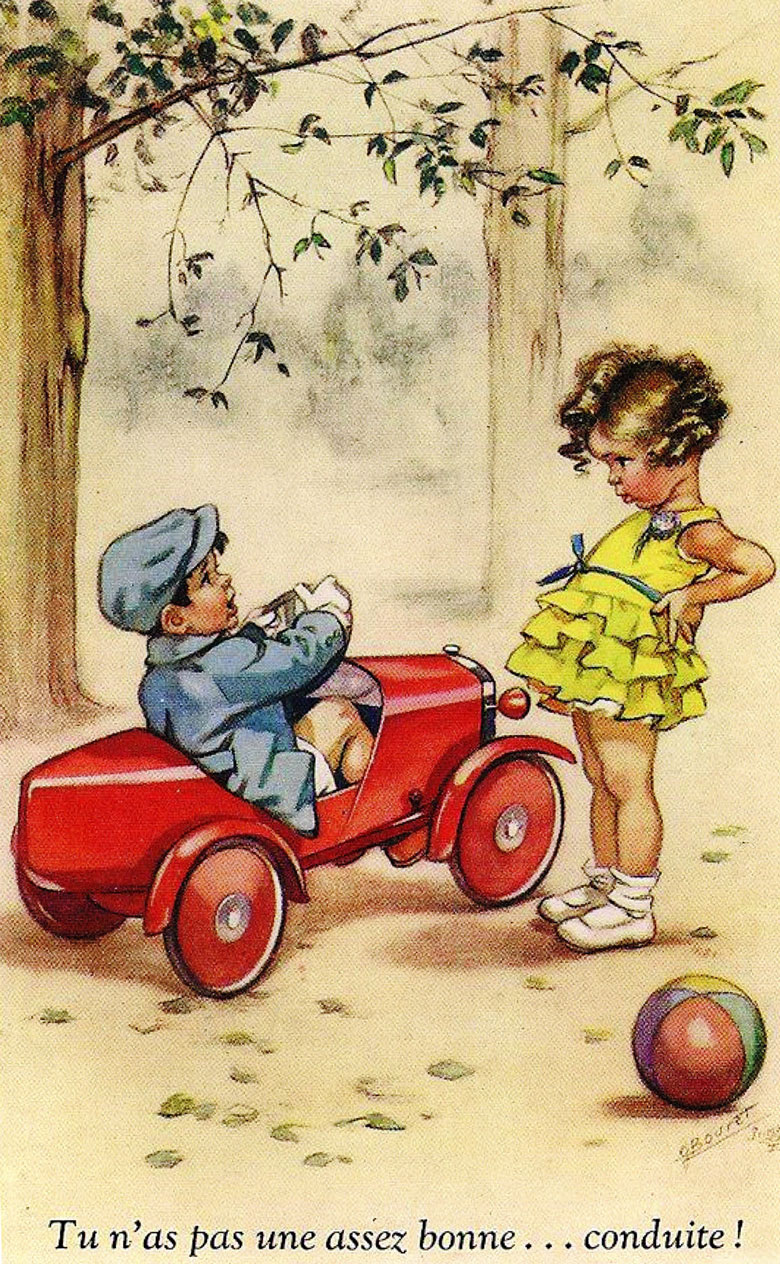
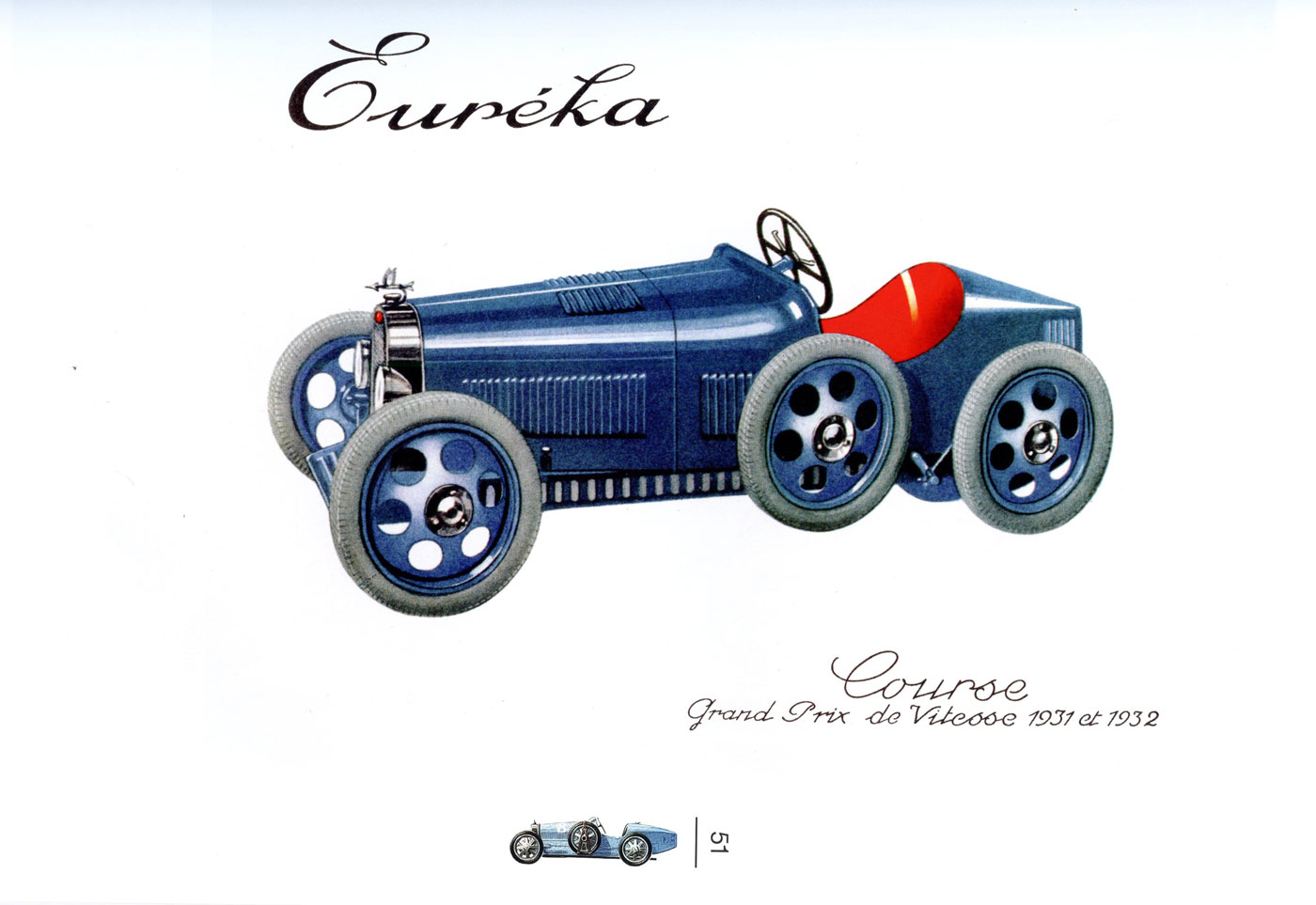
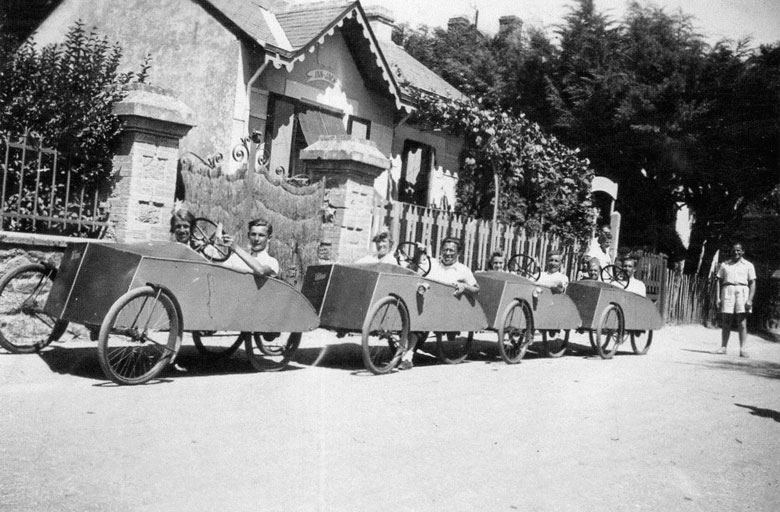
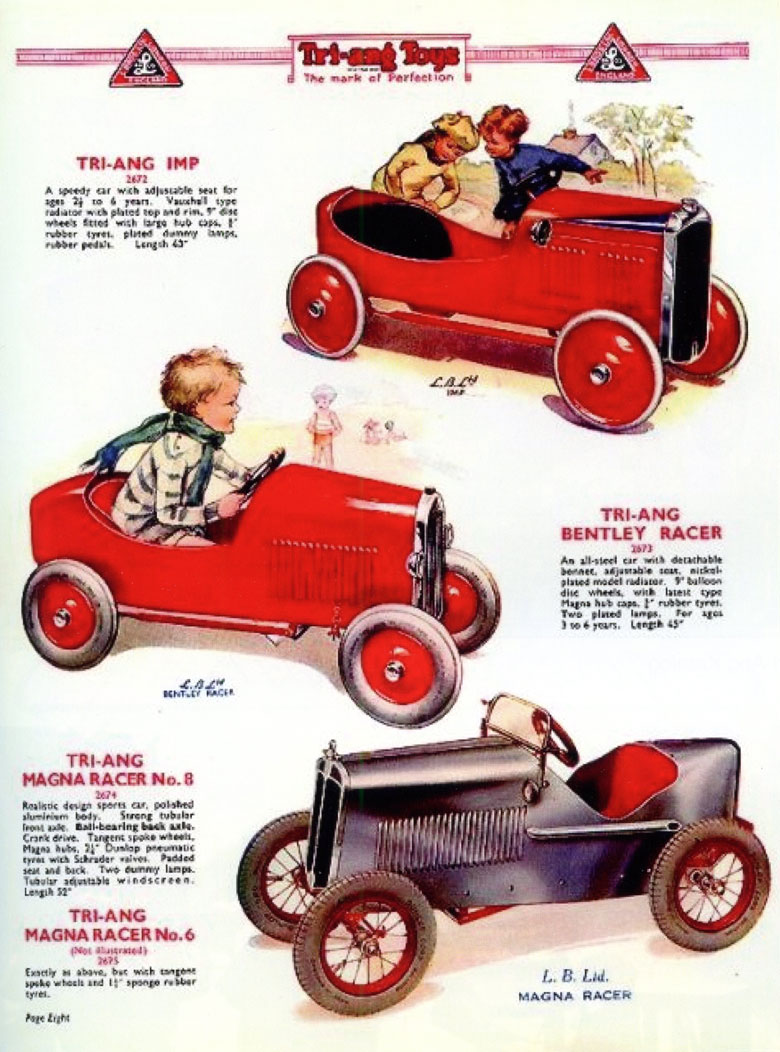
Thank you verry much for your statement! Tamas
As a former owner of T52 # 13, found in derelict condition but that we restored to proper original finish, I am interested in this book even if in a language that I will never understand… thanks for the tip!
Pete,
re. the first illustration, “conduire” is the French word for driving, so this could be translated as “You are not a good enough driver!”
Another book on this topic is “Cars For Kids,” Edoardo Massucci, Rizzoli, N.Y. 1983. It is 126 pages, in Italian, English, French, and German.
Perhaps some of your readers did not know that Austin of England had a production line that made pedal cars. It was set up after WW2 in Wales and employed out-of -work disabled coal miners. I suspect it was the largest production of pedal cars under the auspices of a major manufacturer.
Between 1955 and 1971 over 32,000 (!) were produced.
A comprehensive book “Austin Pedal Cars” by David Whyley gives the history . There is also a website
http://www.austinworks.com/pedalcar.html
that provides a great deal of information.